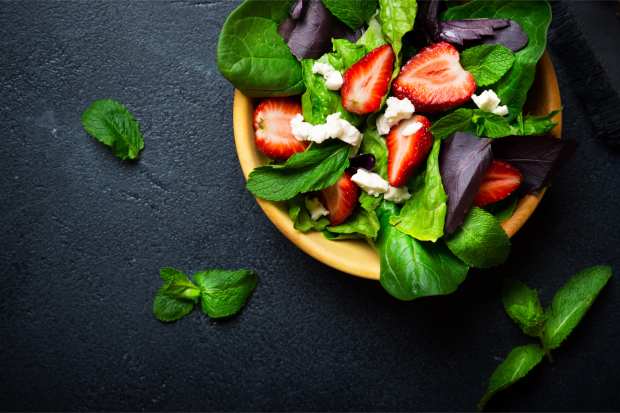Fresh Food Retail Could Get Boost Via Tech And New Laws

It’s hardly news that digital and mobile technology — along with advances in logistics and delivery, and the rise of newer players — are changing the grocery industry. But making fresh and healthy food available remains a challenge for many areas.
Now, lawmakers and entrepreneurs are making their own moves to remedy that problem.
The latest demonstration of that comes from Oklahoma City. This week, according to The Wall Street Journal on Monday (Dec. 15), “the City Council is scheduled to hold a public hearing on a plan requiring new retailers in the area to designate at least 500 square feet of space to fresh food. The measure is expected to pass.”
As reported, the measure would apply to discount and dollar stores, often the main source of retail in so-called food deserts. Per the news outlet, “Politicians and advocacy groups say the stores’ presence in — and saturation of — low-income neighborhoods eats into the profits of full-service grocery stores, which have higher overhead, and causes some to close. Dollar stores say they offer a good value for shoppers and never intended to be full-service grocers.”
The sale and delivery of fresh food — whether in person or via online and mobile channels — is going through some noteworthy change of late. A recent example involves Jet.com, a subsidiary of Walmart. Jet.com said in late November that it will close its fresh-food delivery business only a year after bringing the service to New York City. The retailer will shutter a Bronx warehouse it was using for order preparation and will also let go of some drivers, Bloomberg reported.
To be fair, the move comes amid larger problems for Jet.com. Even so, Jet’s fresh-food business has struggled since its rollout last fall, per unnamed sources. The firm has increased prices to offset the costs of filling orders in the largest city in the country. In recent months, products such as strawberries and avocados have been out of stock and key executives have left.
Fresh Food Robots
As Jet retreats, other efforts are being made to increase the distribution of fresh food — and via emerging technologies. The opportunity comes in part because fresh food is one of those products that, depending on the context, can almost feel like a minor luxury. Sure, consumers who can get to good grocery stores or farmers’ markets (not all shoppers can) or can afford to subscribe to meal-kit delivery services, are assured of a steady supply of nutritious eats. But even so, many consumers work long shifts at places where vending machines and cafeterias offer, at best, mildly nutritious fare.
A company called Chowbotics is trying to make gains from that opportunity.
Deepak Sekar, the company’s founder and president, told PYMNTS that the company is deploying its Chowbotics robots as consumer desire increases for meals that involve something other than candy and chips. “Food robotics is going mainstream,” he said.
Chowbotics has brought Sally the salad robot to markets that include convenience stores and hotels. The moniker implies a facility with salad, of course, and there are other companies with robots that can flip burgers, make pizza and help save quick-service restaurants (QSRs) time and money.
The food robot concept is undoubtedly spreading. Fresh evidence for that — and from a Chowbotics point of view — comes from the company’s announcement earlier this year that it had made its European debut via a partnership with France-based Bonduelle, a provider of ready-to-use vegetables. The two companies have joined forces to create the Cabaletta brand for their deployments in mainland Europe. A year ago, Chowbotics said, world-renowned, award-winning chefs tested and endorsed the robot at the Paul Bocuse Institute in France.
Dollar Store Advances
As for discount and dollar stores, they are getting ever more modern even as lawmakers debate whether they should be required to offer more fresh food for sale. Dollar General offers a strong, recent example of this.
In a move that could help the retailer bring in a younger demographic, Dollar General Corp. is in the process of making it possible for shoppers to buy products online and pick them up at a store near them. The retailer has a mobile app feature that lets shoppers know the exact amount they will pay by totaling up products in-store, The Wall Street Journal reported.
The company’s digital tools include a mobile app “cart calculator” feature that lets in-store customers see the exact total of items in their carts with discounts and taxes before arriving at the cash register. That feature is available in roughly 75 percent of locations. With another tool, shoppers can discover when a coupon is available for a product in their carts.
It’s easy to see how fresh food could fit into such efforts in 2020.
